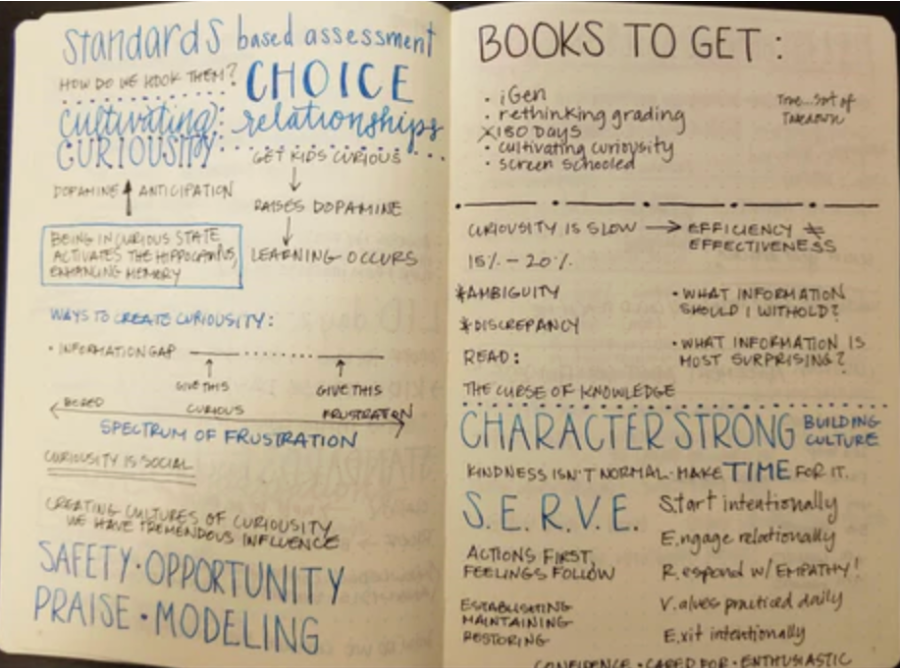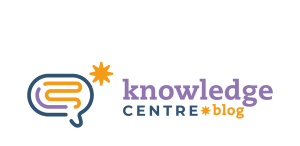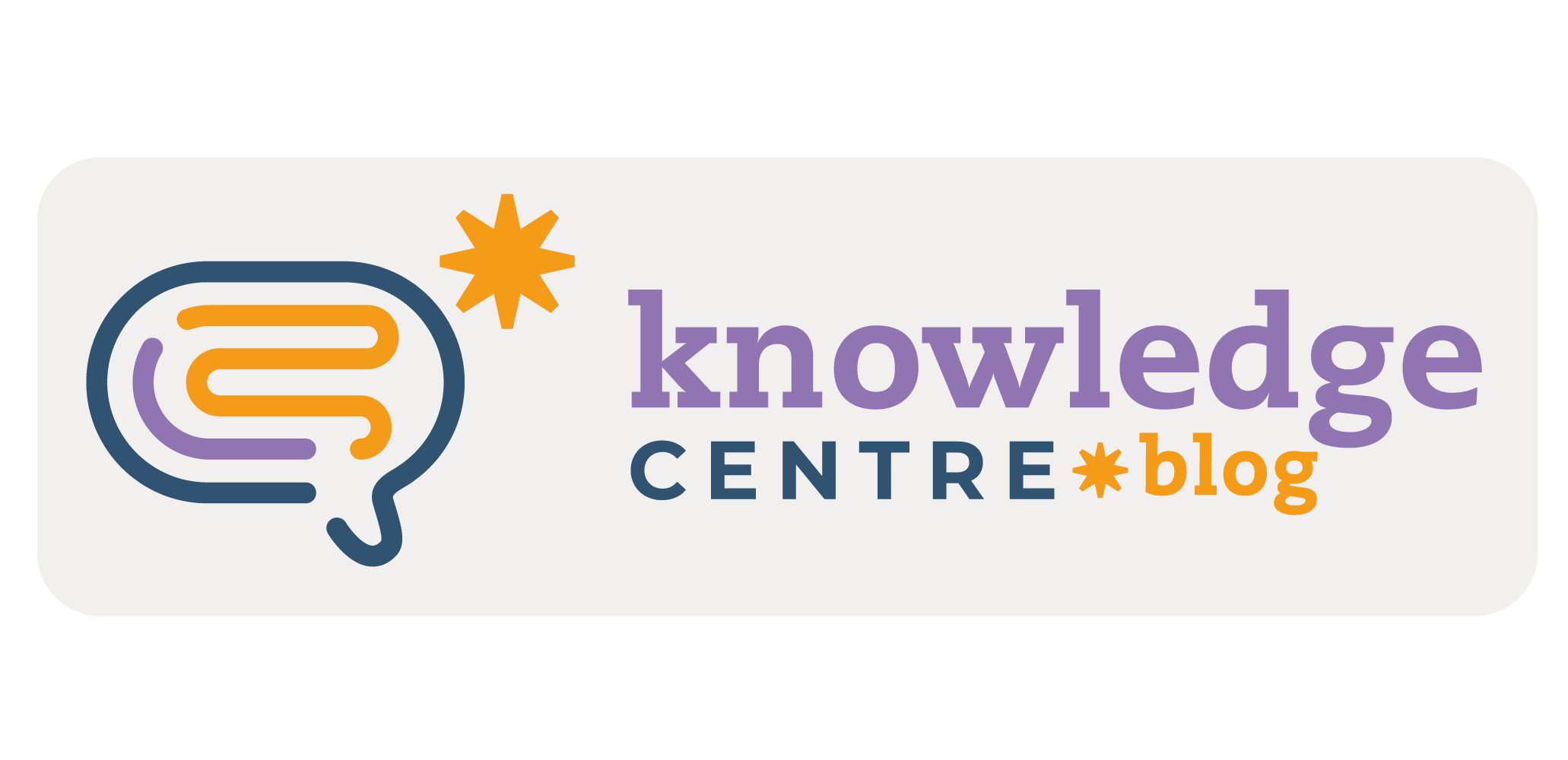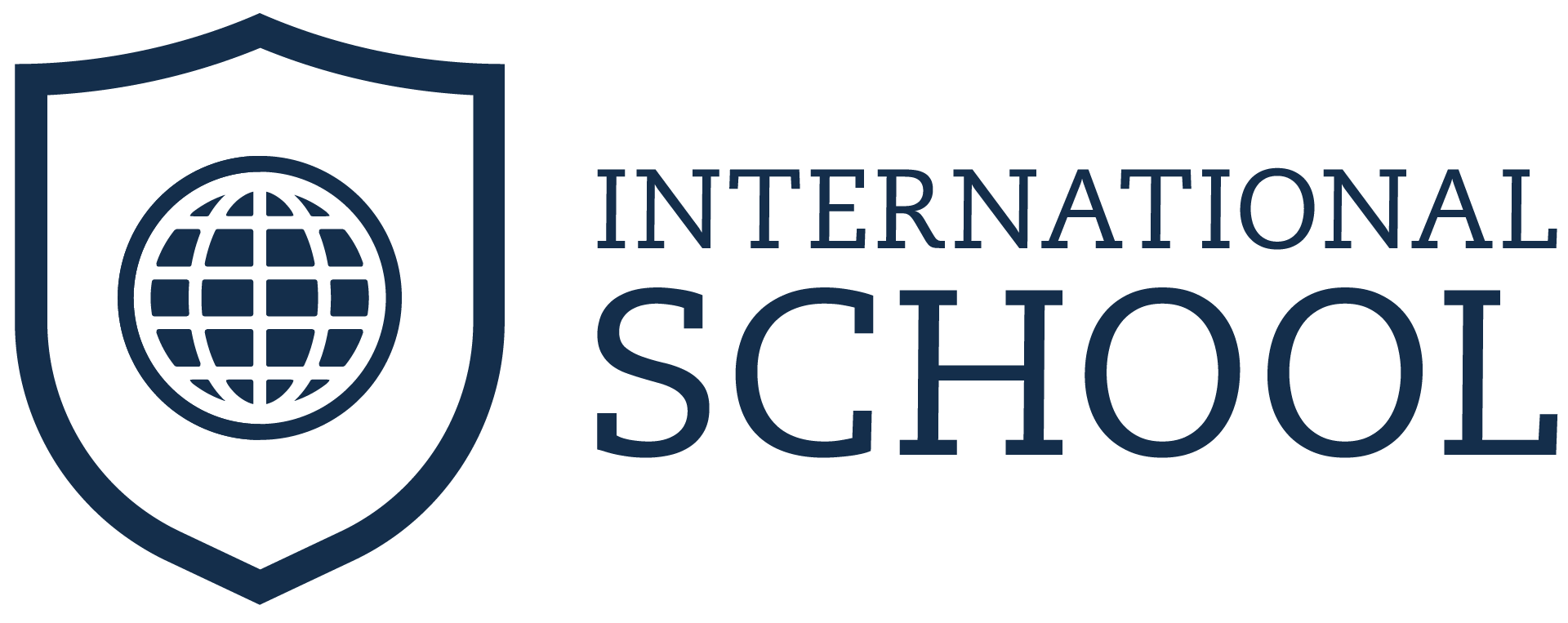“Continuing Professional Development” (CPD) refers to the ongoing process by which educators engage in activities to enhance their knowledge, skills, understanding and expertise.
In the education sector, CPD has a multi-fold impact:
- It keeps educators up to date with new teaching methods, technologies, and research findings, so that students benefit from effective, current practice. (Ambon et al., 2024)
- It supports teachers’ own sense of professional growth, autonomy and satisfaction. For example, research shows that when teachers feel supported in their development, retention improves and job satisfaction rises. (Education Policy Institute, 2020).
- It is a strategic lever for school improvement: by linking CPD to teaching quality, schools boost both teacher performance and student outcomes. (Education Policy Institute, 2020).
In our bilingual program context, this means that CPD is not just optional or supplementary, but integral to ensuring our curriculum delivery remains high-quality, responsive and role-modelled by teachers who themselves are continuously learning.
What high-quality CPD looks like in our bilingual program
A number of features of effective CPD are especially relevant for teachers working in bilingual contexts:
- Online courses
With busy schedules and international settings, online courses and webinars enable access to CPD at times and places that suit you. Research emphasises the value of self-paced online learning, which can reduce travel/time costs and enhance flexibility (Ventista et al., 2023).
In our program: We offer online courses through Collab so that you can engage at your own rhythm, revisit modules, and fit learning into your schedule. You can check the available courses here: https://allbieglobal.ludos.pro/#/courses. - Microlearning materials
Rather than only full-day workshops, bite-sized segments, such as short videos, micro-activities, allow for immediate application, reflection and embedment of practice. This is especially useful when you want to address a specific bilingual teaching challenge, such as that one class that needs extra language scaffolding (Silva et al., 2025; Kohnke, 2024).
In our program: We produce several micro-learning materials available on Collab: short videos, one-pagers, minibooks, and so forth. You can explore them here: https://allbieglobal.ludos.pro/#/library - Videos and podcasts
Short, focused multimedia resources, such as instructional videos, recorded talks, and podcasts offer flexible and engaging ways to deepen professional knowledge. They allow teachers to learn “on the go,” revisit complex concepts, and see real examples of practice in action. Platforms like YouTube, for instance, provide access to demonstrations, research explainers, and model lessons from educators around the world.
In our program: we create video and audio content specifically for our context. Knowledge Sparks offers quick, practice-oriented insights into classroom strategies, while Knowledge Talks offers in-depth conversation and insightful reflection on the future of education and its most critical trends. These resources complement your online courses and microlearning modules, giving you multiple formats to support continuous growth. You can access them here:
https://allbieglobal.ludos.pro/#/library - Blogs
Blogs offer teachers accessible, digestible insights into pedagogy, bilingual education, and classroom practice. Research on teacher learning shows that reading short, practice-oriented texts can strengthen reflective habits, deepen conceptual understanding, and support knowledge transfer into the classroom.
In our program: We are always publishing blog-style pieces that translate key concepts in CLIL, language development, and instructional practice into quick, meaningful reads. You can read them here: https://knowledgecentreblog.internationalschool.global/ - Teacher-driven, collaborative learning
Research in Adult Learning and Cognitive Science shows that CPD is more impactful when it promotes autonomy, peer collaboration, reflective practice and contextual relevance rather than simply top-down training (Amemasor et al., 2025).
In our program: We encourage you to form peer-study groups to explore CLIL strategies, reflect on video lessons, exchange ideas, and co-plan. You can also consider applying to RISE, International School’s program focused on the professional and linguistic development of partner educators. In this program, learning happens through collaboration and community. You can find more information about it here:
https://sites.google.com/view/about-rise/home - Linking CPD to classroom practice and student outcomes Effective CPD goes beyond theory. It becomes meaningful when teachers plan, apply, and reflect on new strategies in their own classrooms, using evidence from student learning to guide next steps (Ambon et al., 2024). In our program: To support this cycle of application and reflection, we use observation rubrics designed specifically for the realities of the International School’s bilingual classrooms. These rubrics guide advisors during lesson observations and serve as the foundation for reflection and discussion between educators and advisors. In fact, the feedback session is a key moment in your professional-learning journey: a space to analyse your practice, connect it with CPD insights, and identify actionable adjustments. You can find the rubric here: https://allbieglobal.ludos.pro/#/news/19
For you, bilingual education teacher: how to engage and benefit
Here is a step-by-step for you to make the most of our CPD ecosystem:
- Identify one focus area for your bilingual practice.
- Pick a relevant online course on Collab or somewhere else (your advisor can help you here).
- Break the course down into smaller bits and set dates to finish each one.
- Choose a micro-learning item, a Knowledge Sparks video, or a Knowledge Talk segment that connects to your focus area. Explore it just before planning a lesson. Try to implement what you learned in that lesson plan.
- When delivering that lesson, record yourself or ask a peer to observe (part of) it with the focus area in mind.
- Reflect: What went well? What could be improved?
- If someone observed you, ask for feedback on the focus area.
- Maintain a CPD journal: make notes, write reflections bits, lessons learned, any evidence of student-impact, make graphs, draw… whatever represents your learning process best. This helps you track your growth. See an example below:

Source:https://bulletjournal.com/blogs/bulletjournalist/a-teachers-bujo-story?srsltid=AfmBOoqZNF8a4nvtFUdnHt9WCr-eRpPlPwCh91sKD6GnCF12r_kv3tsu
Conclusion
Ultimately, continuous professional development is the engine of our bilingual program’s success and the hallmark of any dedicated educator. It is not a separate task to be completed, but a core part of our job. Engaging with these varied opportunities is a direct investment in your own practice, your career, and the success of every student you teach. We encourage you to take that next step: identify your focus, explore one new resource, and begin tracking your journey as we all learn and grow together.
Disclaimer
This piece was edited by Artificial Intelligence for style and discourse. The content curation, ideas, and writing remain the author’s own.
References
Ambon, J., Alias, B. S., Komariah, A., & Mansor, A. N. (2024). The impact of continuous professional development on teaching quality: A systematic review. International Journal of Evaluation and Research in Education (IJERE), 13(6), 3838-3847.
Amemasor, S. K., Oppong, D. O., Benuwa, B., & Essel, D. D. (2025). A systematic review on the impact of teacher professional development on digital instructional integration and teaching practices. Frontiers in Education.
Education Policy Institute. (2020). The effects of high-quality professional development on learning outcomes. EPI & Ambition Institute.
Kohnke, L. (2024). An exploration of microlearning as continuous professional development. International Journal of Training Research.
Silva, E. S., Costa, W. P. d., Lima, J. C. d., & Ferreira, J. C. (2025). Contribution of microlearning in basic education: A systematic review. Education Sciences, 15(3), 302.
Ventista, O. M., et al. (2023). Teachers’ professional learning and its impact on students’ outcomes: A systematic review. Teaching and Teacher Education.
Written by Caio Albernaz
November 14, 2025

A training specialist and curriculum consultant at International School, Caio holds a Master’s degree in Linguistics and a Master’s in Bilingual Education, both from the University of Illinois. He has 15+ years of experience in K–12, higher education, and language teaching in Brazil, Uruguay, Colombia, and the USA.







